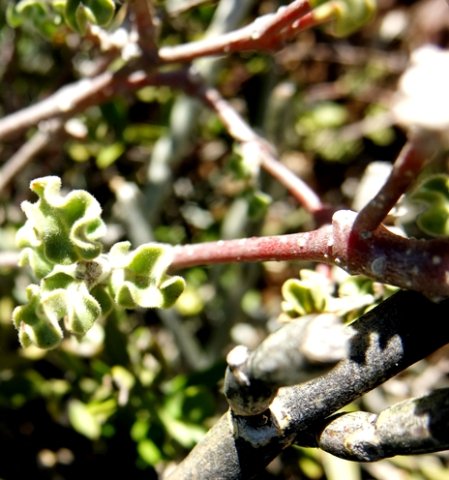Fockea capensis

Author: Ivan Lätti
Photographer: Thabo Maphisa
Fockea capensis, since olden times known in the vernacular as kambro, is a big-based shrub growing thin twining stems to about 1 m. The caudex is sometimes warty and may be underground or partly so. The thin, grey or brown upper stems are hairy, the lower ones stubby, much branched and become hairless.
F. capensis, previously known as F. crispa, was first described by Carl Thunberg in 1794, some say by Stephan Endlicher in 1839.
The species distribution is in the Western Cape, the plant a Little Karoo endemic.
The habitat is karoid veld, the plants growing in clayey soils among rocks where guarri or spekboom are commonly seen. The species has a stable population in habitat, not considered to be threatened early in the twenty first century (Vlok and Schutte-Vlok, 2010; iSpot; www.succulent-plant.com; www.redlist.sanbi.org).

